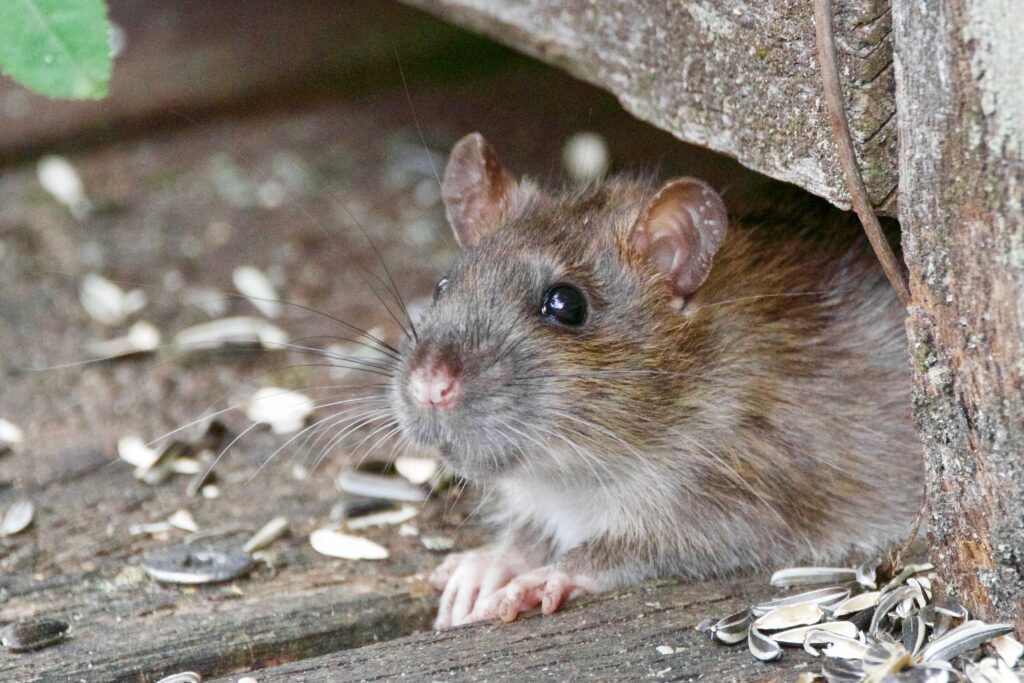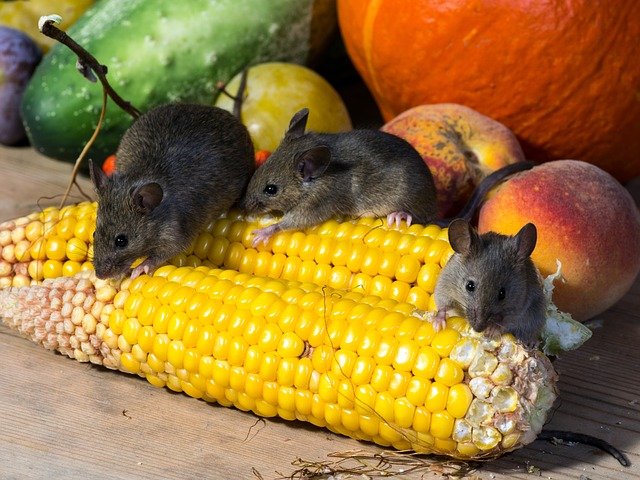Okay, rats and mice are nasty common urban and suburban vermin, yet they are a relatively smart animal. They seem to prosper regardless of all our attempts to eliminate them. Two things you can do if you have them in your house: contact Go Green Pest Control and a read the rest of this blog. Mice – eat all the time but very little each time as they are nibblers. Like all rodents, they need to wear down their incisors, which grow nonstop, hence the constant chewing on everything. Mice don’t prefer cheese, they like peanut butter because of the sweetness and its oily. They will eat almost everything in your panty and food on your countertops. Rats – they are gluttonous eaters, eating as much as they can when food is available. They also can tread water for days and survive in sewer pipes, yes the ones that lead to your toilet. The hardest-working cat has a tough time keeping up with any rodent infestation, as the rodents multiple continuously and are small enough to get into small places. Cats are typically over feed and hunt rodents for entertainment.
Know your Rats and Mice
: https://gogreenpestcontrol.ca/know-your-rats-and-mice/
https://www.linkedin.com/pulse/know-your-rats-mice-randy-bilesky/?published=t









